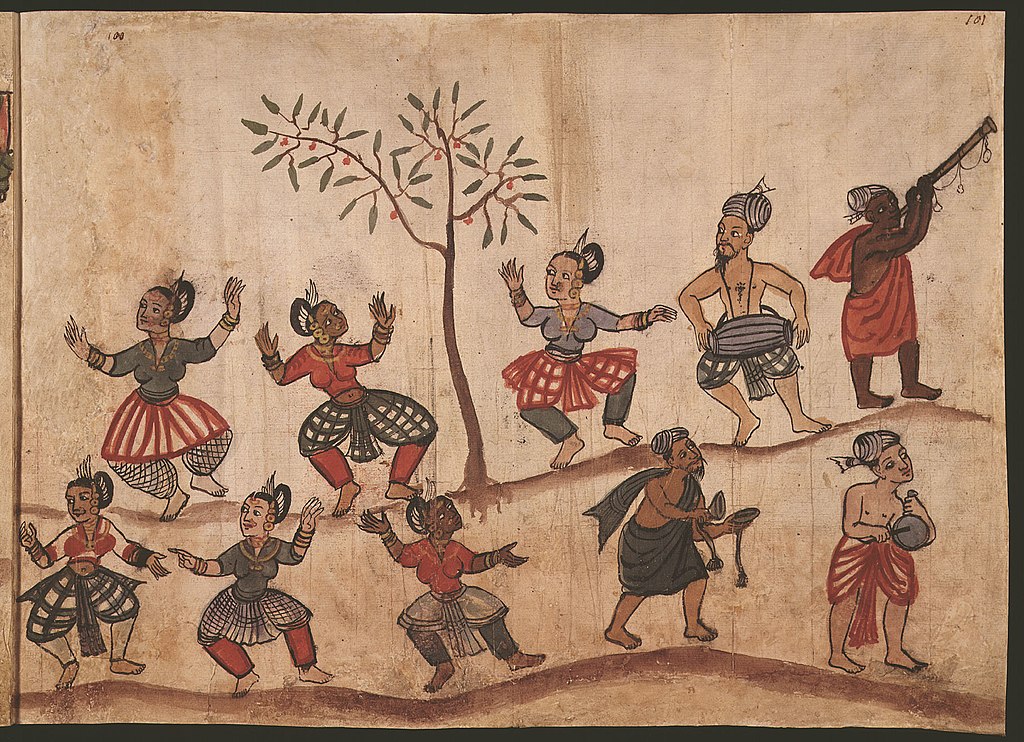By Donovan Roebert
Over the past few years, as many know, I have been involved, from the sidelines, in the stringent tussle that is being played out between the supporters of what may broadly be called the ‘revivalist syndrome’ in the Sadir-Bharatanyam community, and the fighters for the socio-cultural rights of the hereditary artists and their art.
What I want to consider here, however, is the role of the image of the devadasi that has become inextricably intertwined with the unresolved problems of the hereditary system and art as they confront and challenge the dance oikumene today. And I intend to tackle this problem from the personal standpoint of one who has spent several years in an ever-intensifying search for what I have characterized for myself as the ‘face of the devadasi’.
Continue reading “Letting Go of the Devadasi”








